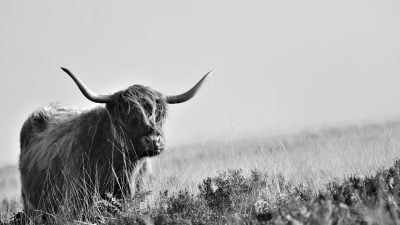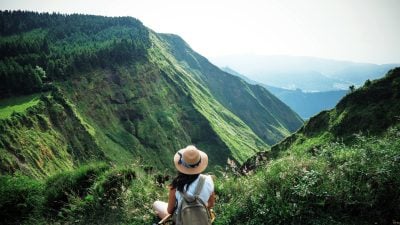Home / Australia & South Pacific / 7 Great Reasons to Hit the Coa…
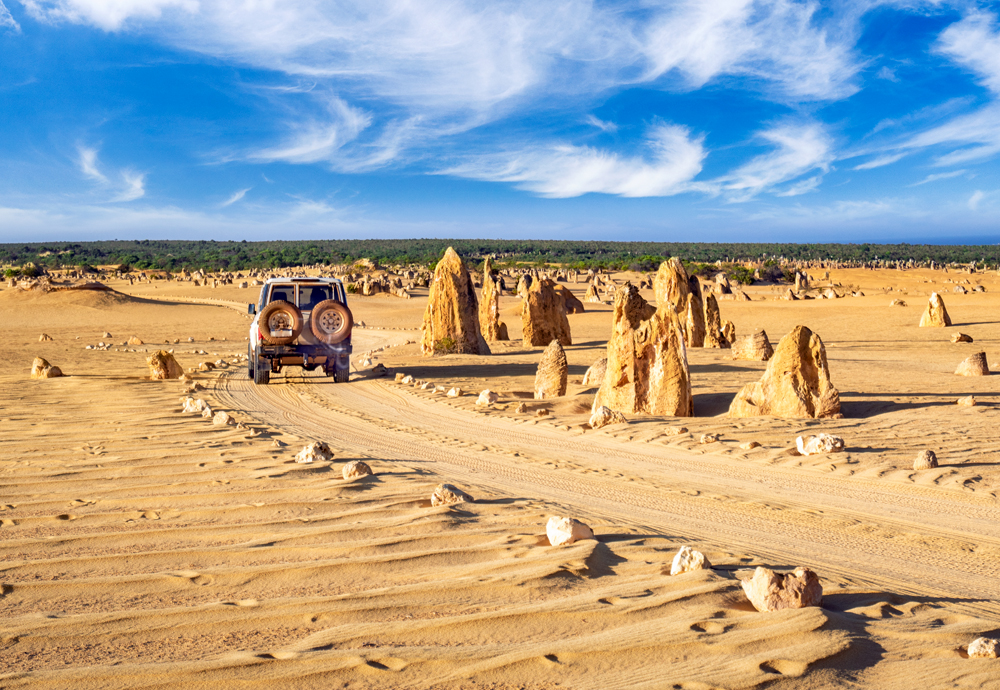
7 Great Reasons to Hit the Coastal Road in Western Australia
Stretching over 2.6 million square kilometers (1 million square miles), Western Australia offers a taste of Down Under that goes beyond the clichés and obvious tourist highlights. Starting in Perth – a vibrant city with nature on its doorstep – Australia’s largest state boasts some of the most remarkable experiences. From the world’s largest fringing coral reef, to some of Australia’s best wine producing regions, unspoiled beaches on the Indian Ocean, and wilderness regions untouched by mass tourism, Western Australia is sure to give you the sense of really getting out there.
Western Australia can be added on to an east coast Australian vacation, but is best experienced as a longer trip taken on its own. Here are seven great reasons to begin your Down Under driving adventure in Perth.
Why Visit Perth?
There was a time when most visitors to Western Australia touched down at Perth Airport, picked up their hire car, and hit the road as quickly as possible, bound for WA’s highlights, ignoring its “sleepy” capital city entirely. Fast forward to 2019, and all has changed! Perth has transformed itself into a bona fide oasis of good living, where nature sits side by side with a cosmopolitan hub of 2 million friendly locals. Sun-drenched days and unique wildlife encounters are the norm in Perth (think swimming with wild dolphins!), but it’s the city’s remarkable transformation in recent years that makes it a destination not to miss. Dozens of new restaurants and bars occupy the many new hotels and urban precincts in the city centre, which comes to life with a dazzling calendar of events. Nearby Fremantle is famous for the colourful Fremantle Markets, the historic Fremantle Prison, and one of Australia’s largest music scenes. It is arguably the cultural centre of WA. On the other side of the Swan River, stretch out on any of the Perth’s glistening Indian Ocean beaches, sample the wines and beers produced in the Swan Valley, or escape into nature a stone’s throw from the city in Kings Park – one of the world’s largest!
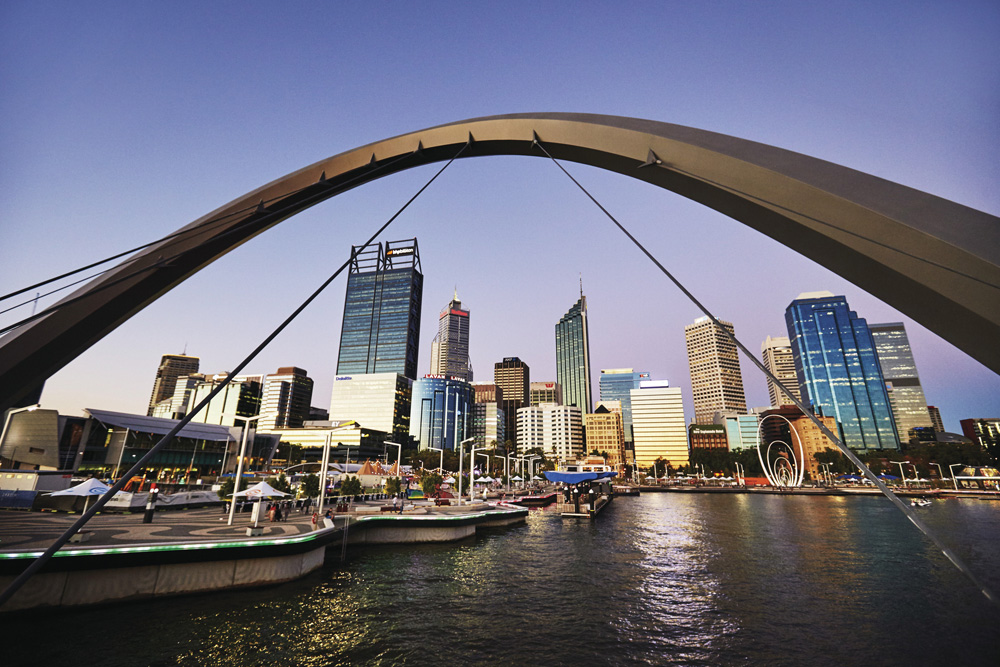
One of Perth’s greatest and most photographed attractions lies just 13 miles offshore from the city. Of course, many of those photographs are “quokka selfies.” Rottnest Island is home to perhaps Australia’s cutest and most inquisitive marsupial, the attention-seeking quokka. These furry natives have shot to Instagram fame in recent years, posing for smiling selfies with visitors. They share Rottnest Island with a wide variety of birds, and a somewhat chilling history, in which the island served as an internment camp for Italian and German civilians during the First World War. It’s a fantastic destination for divers and snorkelers as well, home to 83 sparkling bays and beaches. Unlike the rest of WA, private vehicles are not allowed on Rottnest. Bicycles, Hop on-hop off buses, and Segway tours are the local transport of choice, so if you plan to visit, do so before picking up your hire car.
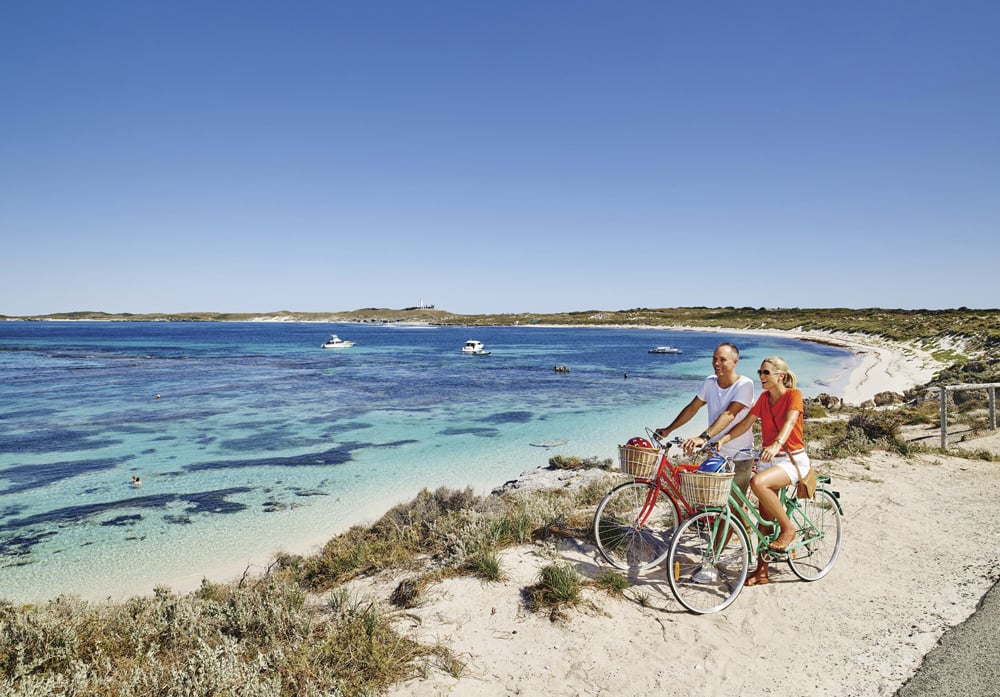
What is the Pinnacles Desert?
Ready to see more of the Wildflower State? Collect your vehicle from Perth and follow the coast north for two hours along Indian Ocean Drive toward Cervantes. Before you reach this picturesque coastal town, spot koalas in Yanchep National Park, experience the incredible sand dunes of Lancelin, and continue onto the Pinnacles Desert. These eerily beautiful limestone obelisks rise from the vivid yellow sands of Nambung National Park. Sharing the lunar-like landscape are tame western grey kangaroos, pink and grey galahs, emus, and reptiles including sand goannas and carpet pythons. Visiting between August and October means sections of the landscape adjacent to the highway blossom with colourful wildflowers. Blooms vary year to year, so be sure to connect with your concierge regarding the hotspots for that season. Be aware that Perth’s events calendar gets busy at this time of year, so don’t leave booking until the last minute. Finally, try to visit either in the early morning, or late in the day to reduce glare, so your photos won’t miss those vivid colours! When it’s time to eat, The Lobster Shack in Cervantes is a working factory with a spectacular restaurant right on the beach, a hot tip for a unique local lunch.
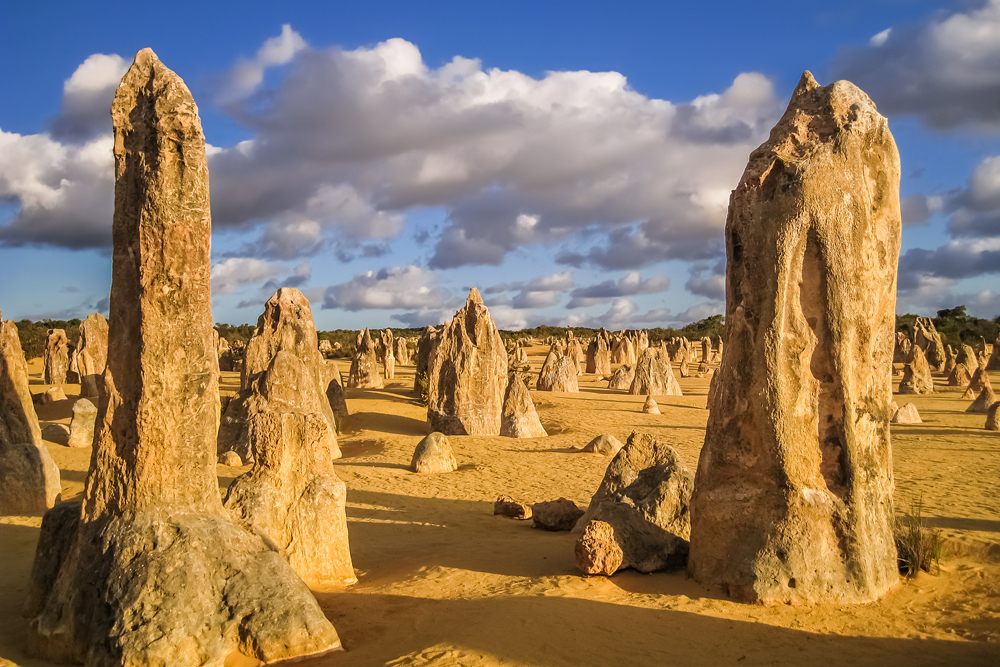
The Colours of Geraldton and Kalbarri
Australia’s west coast has its own history that predates European settlement in the east. Aboriginal people are believed to have inhabited the west coast of Australia for at least the last 60,000 years. It was the Dutch who made the first European contact with Australia, charting much of the northern and west coasts over the course of the 17th century. This often fraught exploration included one of history’s most infamous mutinies, that of the Batavia. The Batavia however is just one of many vessels to fall afoul of this deceptively treacherous coastline. Relics from many lost ships are displayed at the Museum of Geraldton. Nearby, Kalbarri is particularly known for its wildflowers (just to remind you which state you’re in), with over 800 species on display throughout the year, as well as the social media-famous Hutt Lagoon. This remarkable “pink lake” is located on the coastal drive from Geraldton to Kalbarri. Crossed with inland gorges, bordered by spectacular coastal cliffs, and nurtured by the Murchison River, Kalbarri National Park covers 186,000 hectares of WA’s central coast. Sealed, easy roads connect most of its highlights, yet it’s hard to shake the feeling of being “out there” in Australia’s wilderness. Getting a picture at Nature’s Window is an absolute must when visiting this part of Western Australia!
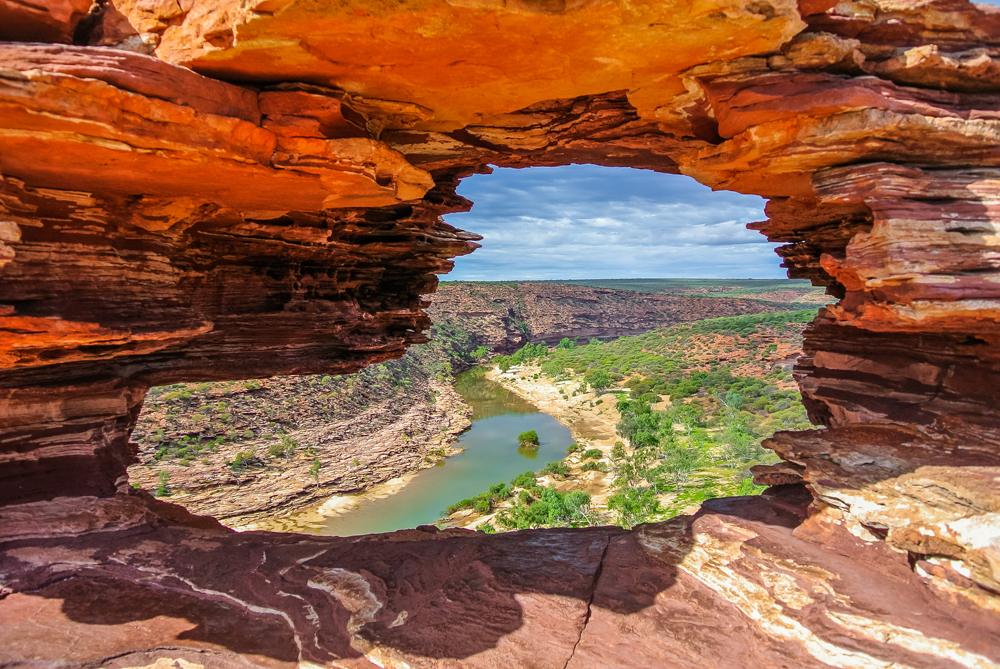
Wildlife of Ningaloo Reef and Monkey Mia
Western Australia’s coast is famous for its wildlife, but many of its biggest stars aren’t actually on land. Wild dolphins have been coming into Shark Bay World Heritage Area at Monkey Mia since the 1960s, when a well-meaning fisherman and his wife began feeding them from the daily catch. While such feeding wouldn’t be encouraged today, the dolphins never left, creating a unique opportunity for scientists to learn more about them, and for visitors to share a memorable dolphin encounter, with a lucky few selected by rangers to feed the animals by hand. The exquisite contrast of the Francois Peron National Park red sands meeting the turquoise waters off this part of Western Australia also needs to be seen to be believed! A nature and cultural tour with a local indgenous guide is the perfect way to enhance your experience.
Further to the north, you’ll arrive at Carnarvon and Coral Bay, gateways to the World Heritage-listed Ningaloo Reef. One of Western Australia’s most impressive natural attractions, Ningaloo is the world’s largest fringing coral reef, meaning its hundreds of species of coral and tropical fish can be accessed directly from the shore. Perhaps its biggest claim to fame, however, is an abundance of large ocean creatures, including majestic whale sharks (March to July), humpback whales (June to October, with swim tours August to October) and manta rays (year round). Swimming alongside any of these harmless giants is a travel experience you’ll cherish for life. Rustic reds and wallabies in Cape Range National Park make for an extraordinary land-based alternative in this aquatic paradise.
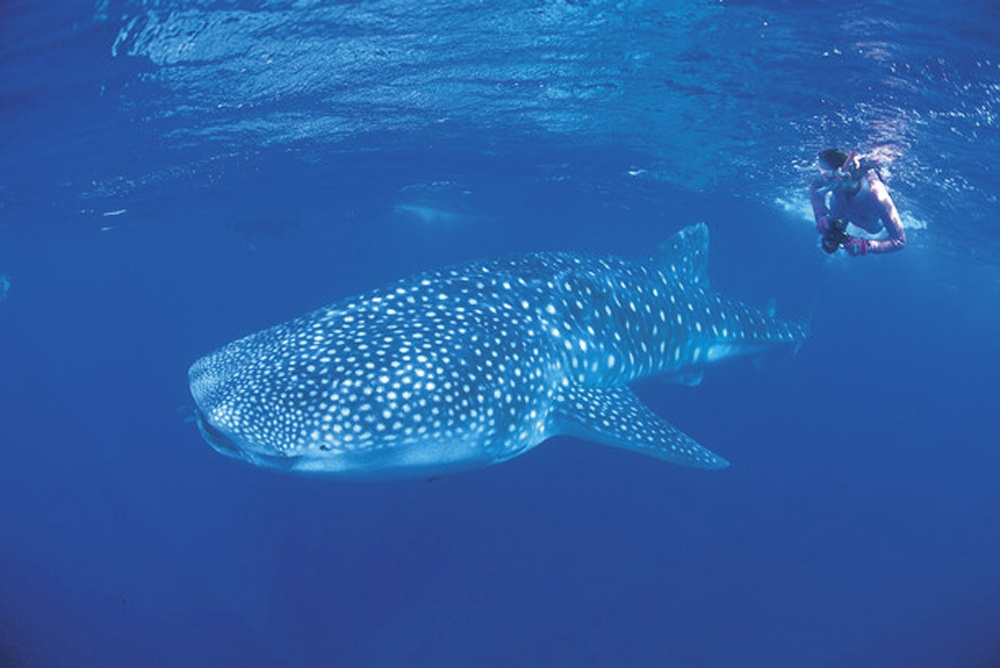
Karijini National Park – Naturally Built to Impress
The second largest national park in Western Australia, Karijini, criss-crossed with ancient gorges and brilliant blue waterways, may still be the most picturesque. Packed with opportunities for glamping, bushwalking and swimming, this exquisitely remote corner of Australia enchants with otherworldly rock formations and pristine spring-fed pools that date back millions of years. Hancock Gorge is not to be missed, and is sometimes referred to as the “journey to the centre of the earth.” But you’ll find natural highlights all over Karijini, including yet more of Western Australia’s famous wildflowers.
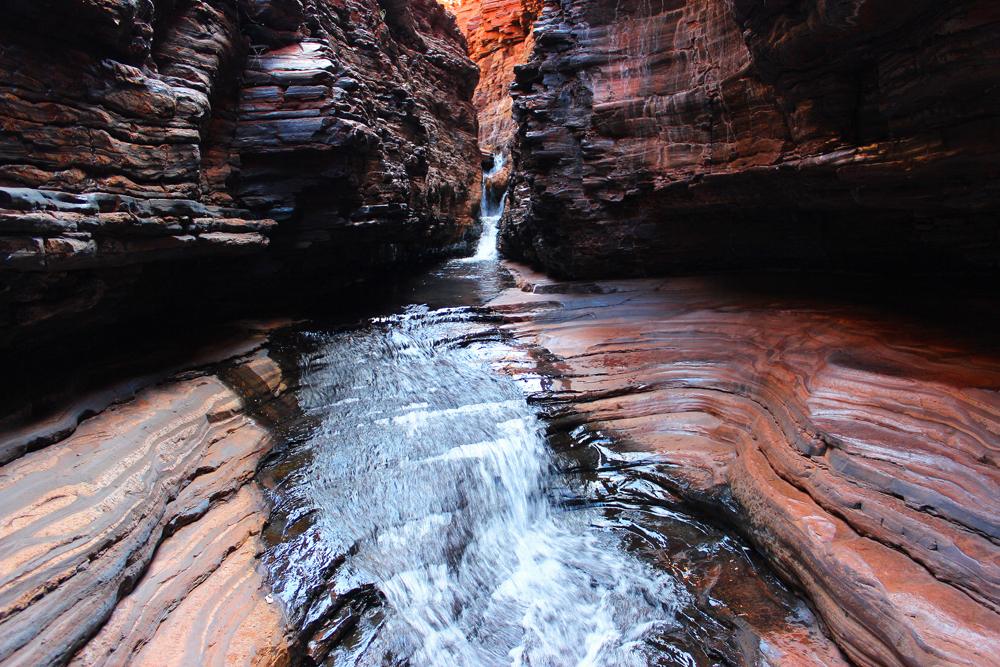
Another Way to WA: The South West Loop
One alternative to driving Western Australia’s extensive coastline is to head south from Perth, taking in a circuit that includes the state’s most famous wine region, its oldest permanent settlement, and some of its most famous natural landmarks.
The Margaret River lies a couple of hours south of the capital, and produces some of Australia’s finest wines. A must-visit for foodies, the region also happens to boast some of Australia’s most spectacular unspoiled beaches, and sits atop a network of over 100 limestone caves. Several of these can be explored on guided walks, including the famous Mammoth Cave.
The southern coast of Western Australia feels like a trail of superlatives. The immense karri trees of Pemberton include the world’s tallest fire lookout tree, while Albany is the state’s oldest permanently settled town. It also boasts Australia’s… pinkest lake? We’re not quite sure how to measure that, but there’s no denying the striking beauty of Spencer Lake, with its vivid pink hue separated from the blue ocean by a thin strip of land.
Turn inland toward Kalgoorlie and Hyden to see Western Australia’s geology at its most striking. Wave Rock continues to fascinate visitors with its incredible flared slope, but don’t miss your photo at the Hippo’s Yawn or a chance to wander The Humps. All are located a proverbial stone’s throw (though please don’t pick up or throw any stones) from each other on the road back to Perth, where you can catch your flight home, or stay a few days to enjoy just a little more of this exciting city.
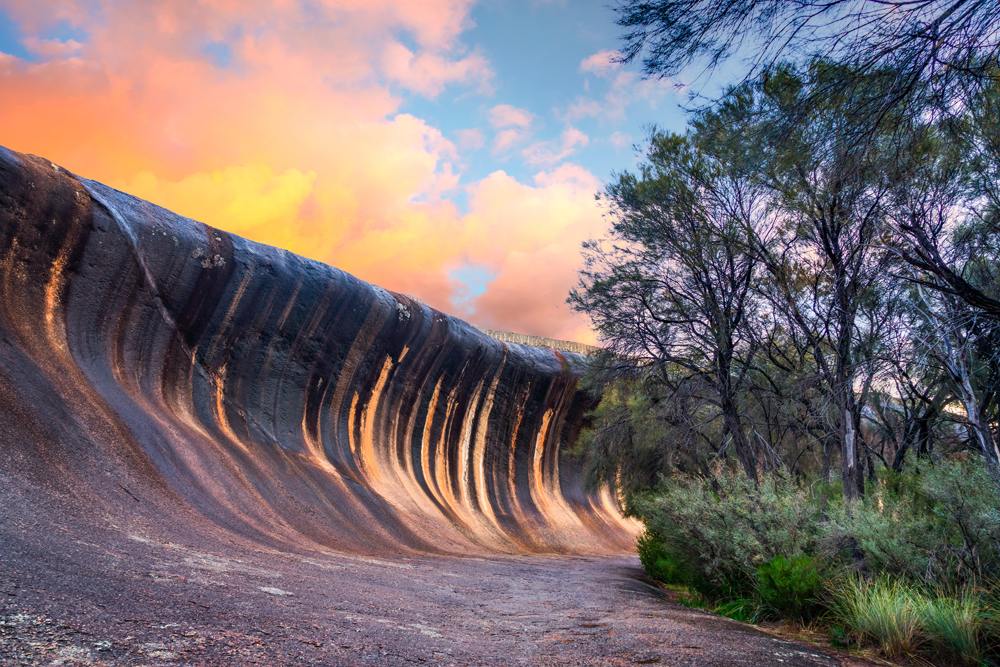

Get more travel inspiration by email.
Subscribe
0 Comments

Get the latest travel trends & hear about the best deals on vacations around the world.
If you’re a Globetrotter, these are the newsletters for you!
